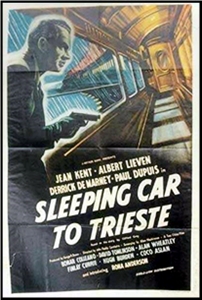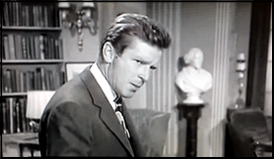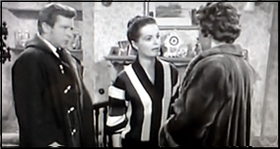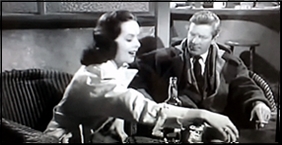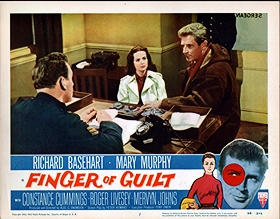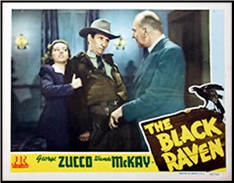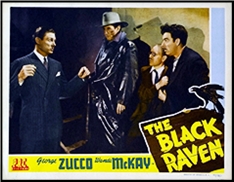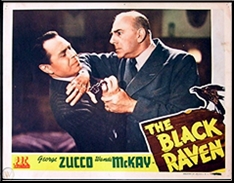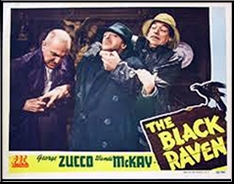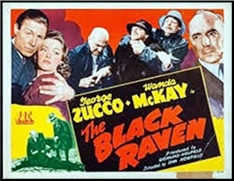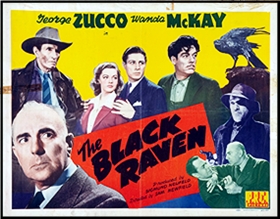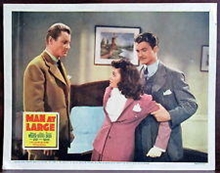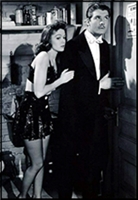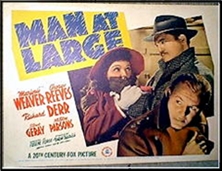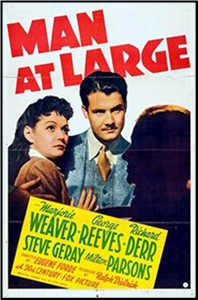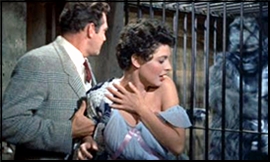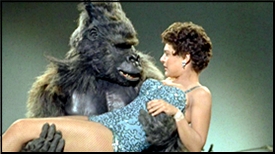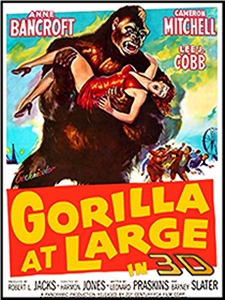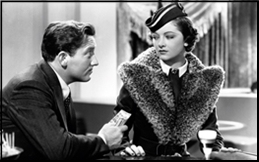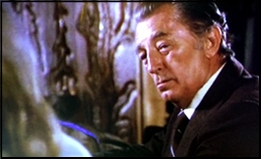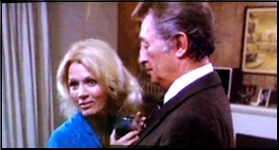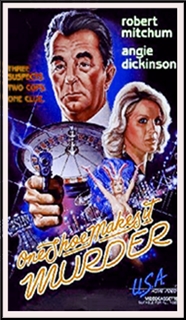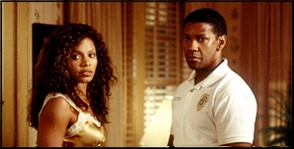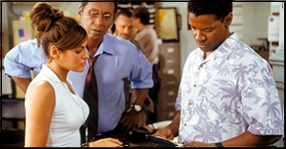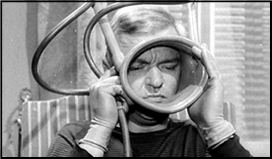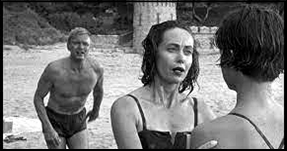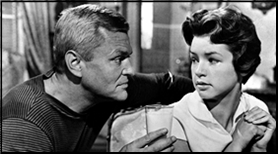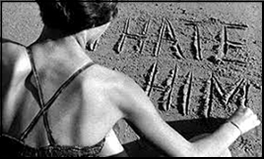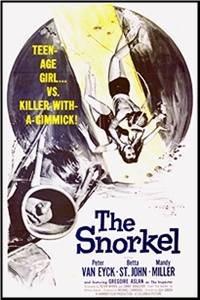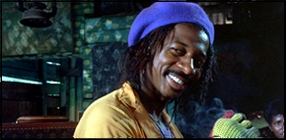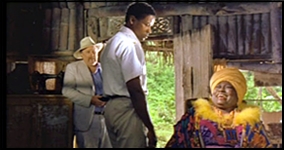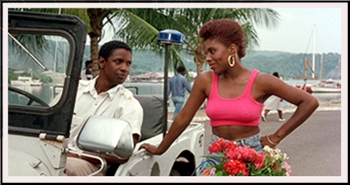Mon 15 Nov 2021
A Movie Review by David Friend: SLEEPING CAR TO TRIESTE (1948).
Posted by Steve under Mystery movies , Reviews[8] Comments
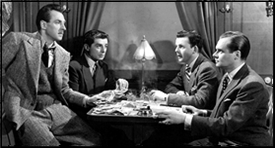
SLEEPING CAR TO TRIESTE. General Film Distributors, UK, 1948. Eagle Lion Films, US, 1949. Jean Kent, Albert Lieven, Derrick De Marney, Paul Dupuis, Rona Anderson. Screenplay: Allan MacKinnon . Director: John Paddy Carstairs. Currently available on YouTube.
I’ve always loved films set on vintage trains. It’s the best place to generate suspense: strangers trapped together with no safe way to escape. The Lady Vanishes (1938), of course, is the gold standard, though Night Train to Munich (1940), The Narrow Margin (1952) are other notables. This effort from prolific British director John Paddy Carstairs is a remake of 1932’s Rome Express, which I’ve seen, and follows it fairly faithfully.
That film centred on a Van Dyke painting stolen by a gang of thieves who subsequently fail to regroup. Poole, one of the gang, tries to flee on the Compagnie Internationale des Wagons-Lits train the Rome Express, travelling between Paris and Rome, but his accomplice Zurta, gets on board himself in pursuit.
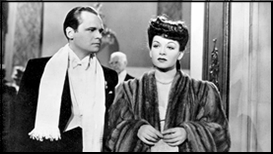
Also on board are an adulterous couple, an English golf-bore, a wealthy but tight-fisted businessman and his brow-beaten secretary/valet, a French police officer and an American film star with her manager/publicist.
The 1948 version went out under the title Sleeping Car to Trieste. The train is now the Orient Express, though the story’s biggest difference is probably the MacGuffin: instead of a painting, it’s now a diary. The film star has also disappeared, the businessman is now a celebrated writer and the golf-bore (who had been played rather wonderfully by Gordon Harker) is now a hooray henry, while other characters have been added.
As in the original, when Poole (Alan Wheatley – who I only saw the other day in a Tara King-era Avengers episode) boards a train in an attempt to flee his accomplices, one of them, Zurta (Albert Lieven), gets on board and tries to catch him. The tension comes from watching how close he gets. Of course, Poole tries to lay low in his compartment (the sleeping car of the title) until he gets to the West, where he can sell the diary without sharing the proceeds with his accomplices.
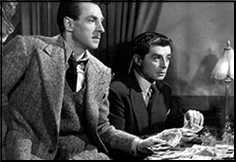
Unfortunately, he is interrupted by another passenger who insists on sharing his accomplice. The diary is hastily hidden in the en-suite bathroom and Poole tries to arrange another compartment for himself without raising too much attention. Before long, he is roaming the train alone and trying to find cover while avoiding bumping into Zurta.
Elsewhere on the train, there is an adulterous couple (Derek De Marney and Rona Anderson) an Italian-American GI from New York (Bonar Colleano); a famous writer and his put-upon valet Finlay Currie and Hugh Burden); an ornithologist (Michael Ward); a French police inspector (Paul Dupuis) and an imbecilic stockbroker (David Tomlinson).
The tone is much lighter than the more sinister Rome Express. There is a French chef who is forced to take lessons on English food from a cheerfully xenophobic passenger (“…And that’s called roly poly pudding!â€) while the American GI, bored senseless by the chattering ornithologist sharing his compartment, has his romantic advances spurned by a couple of young French sisters (“We don’t want to be liberated anymore!â€).
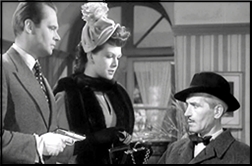
Tomlinson’s character – younger than his Rome Express counterpart – is perhaps the most overtly humorous, as he bumps into the couple and realises he knows the man, George Grant, and insists on spending time with him. Grant, therefore, must keep away from his mistress, Joan, to avoid their affair becoming known.
There’s a neat bit of satire here, perhaps even pathos, as Joan is more in love with him than he is with her. In fact, Grant is clearly using Joan as a bit of sexual distraction during his business trip, and deserves all the trouble he gets. Similar sympathy is wrought by author Alastair MacBain’s poor valet Mills who – in one of the film’s most engaging scenes – briefly turns the tables on his tyrannical employer.
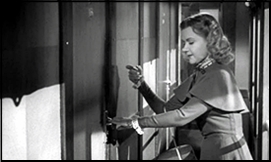
Although such scenes are diverting, they do distract from the main plot, particularly as these side-characters never become properly involved in it. I expected the diary to go from passenger to passenger but, although it does get discovered, this doesn’t quite happen.
There is still tension, however, not least when Poole is cajoled into a card game involving Zurta and tries to avoid being left alone with him, and there’s a murder in the last couple of reels, followed by a confrontational climax.
The film is neatly updated to the late 1940s political situation in Europe, though this is only ever obliquely referred to. Aside from the first five minutes, the whole thing is set on the train, so railfans and retro-romantics will enjoy seeing the compartments and corridors. Like the first version, it lacks a central protagonist, and there’s no larger conspiracy to unravel, but on its own terms, it is worth a watch.
Rating: ***
